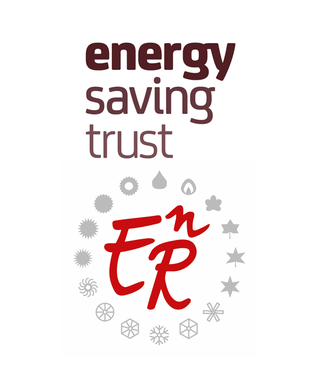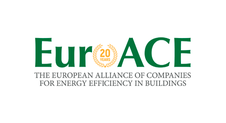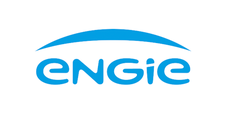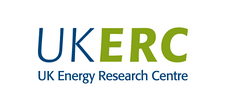Search eceee proceedings
High and low energy efficiency companies: is there a competitiveness gap? An empirical investigation on Italian manufacturing firms
Panel: 2. What's next in energy policy?
This is a peer-reviewed paper.
Authors:
Corine Nsangwe Businge, Ricerca sul Sistema Energetico SpA, Italy
Franco d'Amore, Italy
Abstract
Energy efficiency is considered a key policy option to meet different strategic energy targets, including decarbonisation, security of supply and energy cost reduction. In spite of the pledged benefits, energy efficiency potential is still largely untapped. The energy efficiency gap in the industrial sector is a well-known issue due to several barriers including economic/financial, awareness, behavioural, firm size, sector and competitiveness environment.
The aim of the present work is to investigate the correlation between energy efficiency investments and the competitiveness of firms belonging to medium energy intensity sectors in the Italian manufacturing landscape.
Medium energy intensity sectors have been chosen since they are less extensively studied compared to energy intensive ones and because the correlation between energy efficiency and competitiveness can be less obvious and straightforward.
Firstly, the existence of differences in the Competitiveness Indexes between high and low energy efficiency companies is analysed, with a special focus on where these differences are stronger among the different sectors and within company size.
Second, the presence of statistical correlations between the implementation of energy efficiency measures and the increase in economic performances of companies is investigated.
The study reveals an overall statistically significant positive correlation between energy efficiency investments and the competitiveness of firms. The results have interesting implications both for policy makers, who need instruments to tackle the energy efficiency gap in medium energy intensity industries, and for the top management within companies, who need, on the one hand, to raise internal awareness and knowledge about co-benefits of energy efficiency measures.
Downloads
Download this paper as pdf: 2-294-19_NsangweBusinge.pdf
Download this presentation as pdf: 2-294-19_NsangweBusinge_Presentation.pdf
Panels of
1. The dynamics of limiting (energy) consumption
2. What's next in energy policy?
4. Monitoring and evaluation for greater impact
5. Smart and sustainable communities
7. Make buildings policies great again
8. Buildings: technologies and systems beyond energy efficiency
9. Improving energy efficiency in ICT, appliances and products

























